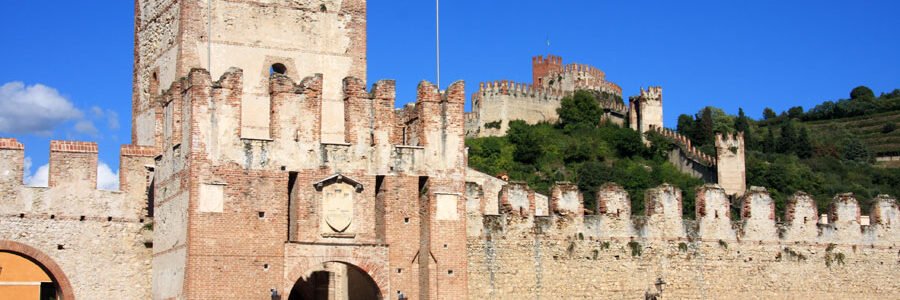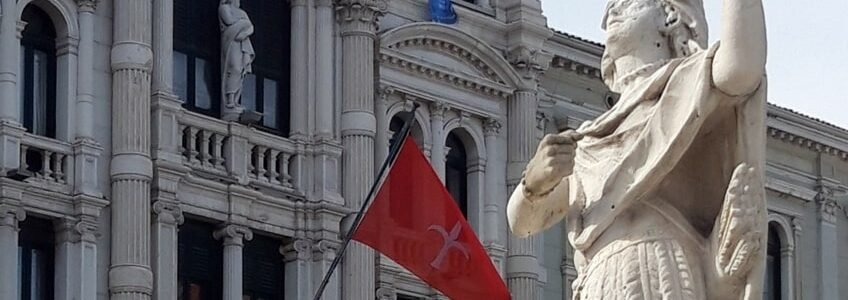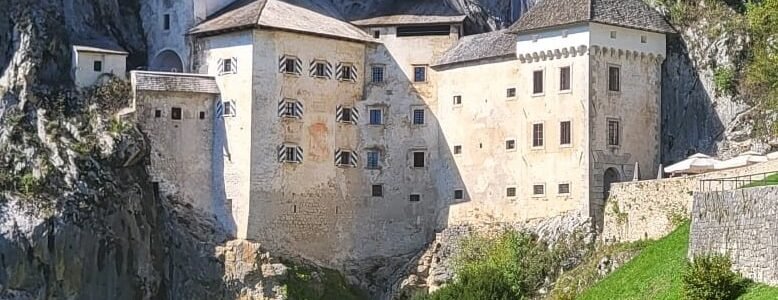Hidden Shores of Pula
Hidden Shores of Pula
Hidden Shores of Pula
A City with Secrets
Pula isn’t just Roman ruins and summer crowds. Beyond the amphitheater and souvenir shops lies a different coastline—quiet, rugged, and steeped in military history. These are not the beaches you’ll find in brochures. No umbrellas, no beach bars. Just pine needles, wind, and stories left behind by armies and fishermen.
Entering the Edge
Start from Štinjan, a neighborhood that locals barely mention to visitors. The road narrows as you approach the sea, and soon you’re walking gravel paths instead of sidewalks. The old Austro-Hungarian fortifications here once guarded the naval base. Now, they echo with silence. You’ll pass rusted gates, graffiti-covered bunkers, and pine groves that open suddenly onto rocky shores.
You won’t need signs—just follow the worn trails and the smell of salt.
The Other Side of the Coast
Most travelers see Pula’s coastline from postcards or busy piers, but there’s a different shoreline—less curated, more real. It stretches west, away from Verudela and the main beaches, toward rusting fences and cracked military roads. Locals know it. Few tourists do.
Start at Štinjan. The paths there aren’t always paved, but they’re reliable. You’ll pass pine forests and concrete leftovers from Yugoslav times. The sea peeks through iron gates and between abandoned barracks. Bring good shoes and water. There are no cafes here—just wind and open sea.
Industrial Waters and Daily Life
East of the center, Pula’s coast turns industrial. Shipyards dominate the skyline, and the air smells like steel and salt. There’s a walking path along the fence near Uljanik. It’s not scenic in the traditional sense, but it’s vivid. Workers on break sit under olive trees planted decades ago. You can grab a sandwich from a local kiosk and watch welding sparks light up the hull of a new vessel.
This part of Pula lives by a different rhythm—one that hasn’t changed much in years.
Valovine: Quiet Stone and Scrub
A few minutes north, Valovine greets you with limestone slabs and low vegetation. There are no cafes or rentals, just flat stone shelves that slip into transparent blue. It’s perfect for a quiet swim. Locals bring coolers and radios, but if you walk ten minutes further, even those sounds fade.
Don’t expect comfort. This is sea on its own terms.
Muzil: Forbidden No More
The Muzil peninsula was closed for decades—first to the military, then fenced off from the public. But today, parts of it are open. Getting in still feels like trespassing, and that’s part of the draw. Concrete bunkers with vines growing through the cracks. Collapsed watchtowers, rusted anchors, and odd bits of shell casings in the dirt.
In between these leftovers are wild, stunning beaches. Slanik Bay is a favorite: shallow, silent, and wrapped in dry brush. There’s no official access, so wear proper shoes and bring everything you need. This is as off-grid as coastal Istria gets.
The Forgotten Island View
Looking out from Cape Kamenjak, you’ll see Brijuni in the distance. But fewer people look the other way—from Štinjan toward Katarina and Kozada. These small islands were once part of naval training routes. Now, they’re wildlife habitats and bird nesting zones. You can’t easily get there, and you shouldn’t try. But watching from the shore, especially during sunset, is enough. The silhouettes feel like secrets not everyone deserves.
From Coastline to Highlands
If you’re extending your route beyond Pula, a direct transfer from Pula to Bled can bridge sea and mountain effortlessly—without juggling bus timetables or border connections. It’s one clean arc from coast to altitude.
No Infrastructure, No Problem
There’s no beach infrastructure in these zones. Bring water, a towel, and sturdy sandals. Mobile signal is patchy in places like Valsaline woods or the paths near Fort Punta Christo. But that’s also the appeal. You’re not here to scroll or share in real time. You’re here to be in a place that doesn’t care about hashtags.
Don’t leave trash. There’s no one to clean up after you.
Eating on the Way Back
After a day on the edge, head inland for dinner. Not to the marina or main promenade, but to Galižana or Šijana. Konoba Boccaporta serves lamb cooked under the bell. At Vodnjanka, try pljukanci with truffles, served without fanfare. These places are where locals eat after beach days—and they still use handwritten menus.
Where to Stay Nearby
If you want to be close to these lesser-known coastal spots, look outside the main hotel strip. Look for family-run apartments in Štinjan or small guesthouses near Valovine. These neighborhoods are within walking distance of the forgotten beaches but far from the cruise ship noise. Hosts often provide tips that no app can offer—like where to get grilled sardines at sunset or which path is clear after the rain.
Local Access, Local Sources
For current maps, access regulations, and updates on re-opened areas around Muzil or Valovine, refer to the Pula tourism board’s official site. It’s the only source that tracks which gates are open, which zones are public, and what’s under renovation.
Hidden Shores of Pula
Hidden Shores of Pula is more than just a phrase — it’s an invitation to explore the coastline most tourists overlook. South of the Roman amphitheater, past the usual promenades, Pula hides quiet inlets, rocky coves, and pine-scented beaches where the Adriatic still feels untouched.
For travelers planning a coastal route, the option to take a private transfer from Ljubljana to Pula makes reaching these places simple and stress-free.
- Bled to Pula: direct access to Istrian coast
- Ljubljana–Pula: from capital to sea
- Pula–Vienna: reverse your coastal journey
- Custom route between Graz and Pula
- From Salzburg to Istria — straight connection
- Venice–Pula without ferry hassle
Hidden Shores of Pula start where the maps go quiet
Rent a bike and head south toward Cape Kamenjak. Or just walk until the city’s sounds fade into waves and cicadas. These spots aren’t listed in guidebooks — but they’re exactly where the locals go to swim, sunbathe, or read in the shade.
- Perfect if you arrive just before sunset — short walk, full view
- Get to beaches you won’t find on public routes
- Switch easily between historic landmarks and hidden shores
- Travel without tight itineraries or group deadlines
- Useful for travelers seeking local secrets, not mass tourism
- Include a visit to Brijuni or local wine producers nearby
Some journeys begin in silence — Pula continues them
Hidden Shores of Pula feel closer when you slow down
Plan your visit with area-specific guidance from the official Pula tourism site.
RECENT POSTS
- How to get from Trieste to Zagreb December 6, 2025
- How to get from Vienna to Venice November 30, 2025
- How to get from Vienna to Trieste November 22, 2025





























































Leave a Comment